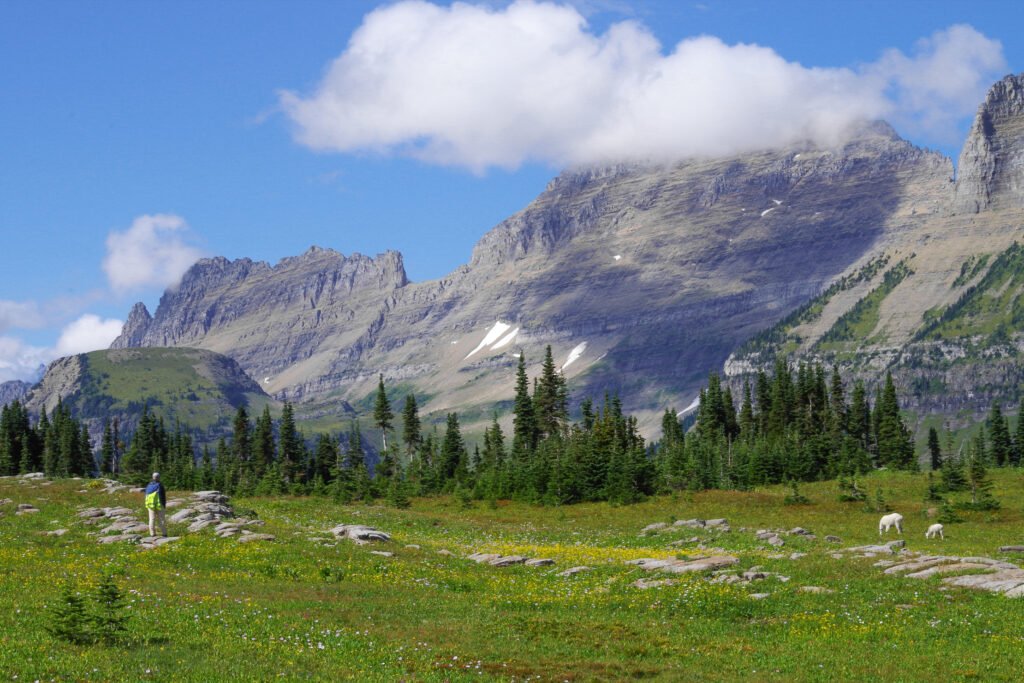1. Introduction to Road Trip Planning 101
The Joy of Road Trips
There’s something magical about setting out on a road trip. Whether you’re cruising along coastal highways or winding through mountain passes, road trips offer a unique sense of personal freedom and exploration. You control the playlist, choose the detours, and decide how long to linger at each stop. It’s a form of travel that prioritizes flexibility and spontaneity, often leading to unforgettable experiences and stories to share.
Importance of Proper Planning
While the spontaneity of a road trip is part of its charm, proper planning is essential to avoid common pitfalls. A little foresight can enhance your experience, ensuring that you make the most of your time on the road and avoid unnecessary stress.
Overview of Road Trip Planning 101
In this guide, “Road Trip Planning 101,” you’ll learn how to plan the perfect road trip, from choosing your route to packing essentials and budgeting. We’ll cover everything you need to know to ensure your journey is smooth, safe, and enjoyable.
2. Choosing the Perfect Route

Deciding Your Destination
When deciding on a destination, consider your interests and preferences. Are you looking for scenic routes, historical landmarks, or quirky roadside attractions? Research different destinations to find places that excite you. A balance between popular spots and hidden gems will make your trip both memorable and unique.
Mapping Your Journey
Use maps and GPS tools to plan your journey. Apps like Google Maps and Roadtrippers can be invaluable for identifying key stops and attractions. Plan your mileage and driving times wisely, ensuring you allocate time for rest and exploration.
Understanding Road Conditions
Road conditions can vary greatly depending on the season and region. Research seasonal weather patterns, road types, and potential detours. This information will help you prepare for any challenges and adapt your plans as needed.

3. Budgeting and Financial Planning
Estimating Costs
Budgeting for a road trip involves several key factors:
- Fuel Prices and Consumption: Estimate your fuel costs based on your vehicle’s efficiency and current fuel prices.
- Accommodation Expenses: Consider the cost of hotels, motels, or campgrounds along your route.
- Food and Dining: Budget for meals, whether you plan to dine out or prepare your own food.
Saving Strategies
Save money by using discount programs and memberships like AAA. Opt for budget-friendly accommodation options such as hostels or Airbnb. Efficient packing can also reduce costs by minimizing the need to buy items on the road.
Emergency Funds
Having a financial cushion is crucial. Unexpected costs like car repairs or medical emergencies can arise. Ensure you have access to funds while traveling to handle these unforeseen expenses.
4. Packing Essentials for Road Trip Planning 101
Clothing and Personal Items
Pack clothing appropriate for the weather you’ll encounter. Don’t forget toiletries and personal care products. Strive for a balance between packing light and having everything you need.
Road Trip Gear
Essential gear includes navigation tools like maps and GPS devices, car maintenance items like a spare tire and jumper cables, and comfort accessories like pillows and blankets.
Food and Drinks
Plan your meals and snacks ahead of time. Store food safely to avoid spoilage and always have plenty of water to stay hydrated.

5. Safety and Preparedness
Vehicle Readiness
Ensure your car is in top condition with routine maintenance and essential repairs. Keep an emergency kit in your car, including tools, flares, and a first aid kit.
Health and Safety Precautions
A comprehensive first aid kit is a must. Knowing when to take breaks to avoid fatigue and being prepared for medical emergencies can make a big difference.
Staying Informed and Connected
Stay updated with real-time traffic and weather updates. Ensure you have a communication plan with emergency contacts, and be aware of safety precautions in different regions you’ll visit.
6. Making the Most of Your Trip
Embracing Spontaneity
Leave some room in your itinerary for unexpected discoveries. Off-the-beaten-path spots and local recommendations can provide some of the best travel memories.
Documenting Your Journey
Capture your experiences with photography and keep a travel journal. Sharing your journey online can also inspire others and keep friends and family updated.
Connecting with Fellow Travelers
Join road trip communities and attend local events or festivals. Making new friends along the way can add a whole new dimension to your adventure.
Conclusion and FAQs
Summary of Key Points
- Route Planning: Choose destinations based on your interests, and plan your route carefully.
- Budgeting: Estimate and manage your costs, and keep an emergency fund.
- Packing: Pack smart with the right clothing, gear, and food.
- Safety: Ensure your vehicle is ready, and take necessary safety precautions.
- Enjoyment: Embrace spontaneity and document your journey.
Frequently Asked Questions (FAQs)
- What is the best time of year for a road trip? Depends on your destination; research seasonal weather and road conditions.
- How do I choose the right accommodation? Consider budget, convenience, and experience; weigh options like hotels, motels, and camping.
- What should I do if I encounter car trouble on the road? Have an emergency plan, including repair tools and roadside assistance numbers.
- How can I ensure my trip is environmentally friendly? Reduce waste, use reusable products, and opt for eco-friendly accommodation.
- What are some kid-friendly tips for road trips with family? Plan frequent stops, pack snacks and entertainment, and involve kids in trip planning.


